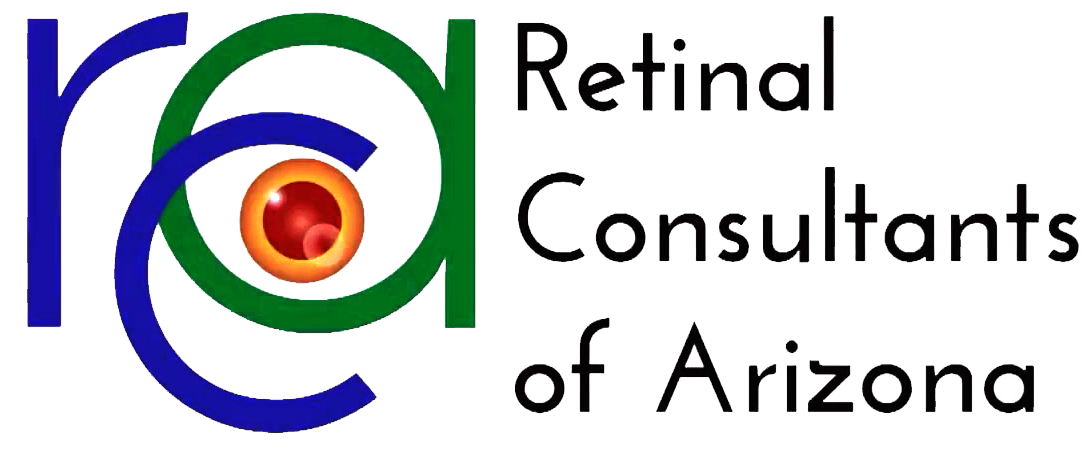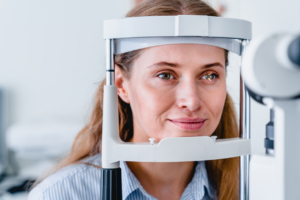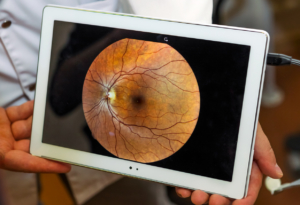All drugs that are sold to consumers, both prescription and over-the-counter (OTC), must first be tested for safety and efficacy. First, the drug is tested in the laboratory and on animals. Then the drug enters the clinical trial stage.
There are 3 main “phases” to clinical research; each phase has a different purpose.
Phase 1
Studies in this phase are assessing the safety of an investigational drug/device. This is the first phase of testing in humans, and usually takes months to complete. This phase involves small numbers of research subjects (20 – 80). In this phase, researchers are interested in the side effects produced by a drug as well as how it is metabolized in the body, and sometimes what an appropriate dose is to give study subjects in later trials. Often Phase I trials are done in healthy volunteers first and then in patients with the disease/condition the researchers hope to treat.
Phase 2
Studies in this phase are assessing the safety and efficacy of an investigational drug/device. This phase of research typically lasts years and involves 100 – 300 patients. Most Phase II studies are “randomized”, meaning a patient is randomly assigned to either receive the investigational drug or the drug that is currently approved for the disease under study. Some Phase II studies involve a “placebo” arm, in which no treatment is given to a patient.
Phase 3
Studies in this phase of research are very large (enrolling hundreds to thousands of patients) and last many years, and are done to provide the researchers a more thorough understanding of the investigational drug, and how effective it is in treating the disease under study.
Closing
Once all Phase III studies are completed, the drug company takes its data to the FDA for consideration of approval for marketing.
Interested in current research?
Our Retinal Research Institute has a strong commitment to medical
research and the advancement of treatments for retinal diseases.




